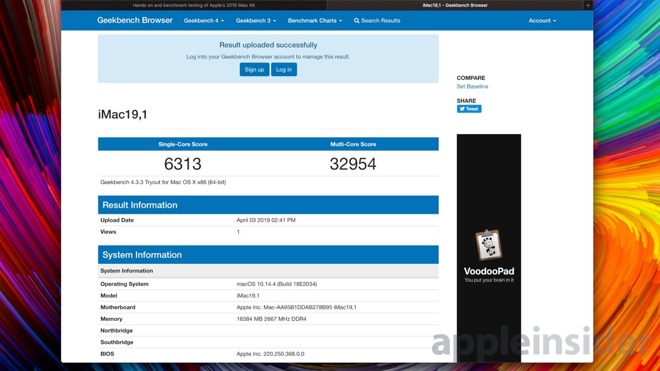

- #2017 imac fusion drive vs ssd upgrade
- #2017 imac fusion drive vs ssd full
- #2017 imac fusion drive vs ssd pro
I was on a mission to create the ultimate iMac, but things didn't go to plan! iMac
#2017 imac fusion drive vs ssd upgrade
In addition I decided this was a good time to upgrade the RAM memory as well, maxing it out at 64GB. I wanted to replace the fusion drive with a SSD and a large hardisk. There are external SSD solutions but they are more expensive and I'm not convinced that after you reach 400-500MB/sec of an R4 or similar, whether further increases translate into real-world performance differences at the app level.This month I did an attempt to upgrade my 27-inch iMac 5K. If you can afford it and need the space, a Pegasus R4 is good in RAID5. If you keep it backed up you could probably get by with a two-drive RAID0 array like the G-Tech G-Raid. I would recommend a 4Ghz retina iMac 27, probably 256GB or 512GB SSD and a Thunderbolt drive array. So that reduces somewhat the price/space advantage of FD.
#2017 imac fusion drive vs ssd full
By contrast SSD retains full performance with only about 3% free space. The amount varies but recommendations range from 20% to 50% (!!) free space. It's easier to have them on an external RAID array so they can stay in the same place.Īn issue with FD (or any HDD) is you need plenty of free space to maintain optimal performance.

Once your stills are imported, tagged and cataloged, it's a little more complex to move them around because the catalog knows their current location. However if the price/capacity of SSD forces you to frequently move files back and forth to a slow external drive, then you probably didn't gain any overall performance over FD.įurther complicating this is the database-oriented nature of cataloging programs like Lightroom. That said if most of your files are on an external array then SSD is likely a better choice.
#2017 imac fusion drive vs ssd pro
Premiere Pro and FCP X make heavy use of GPU acceleration. GPU-accelerated effects in Photoshop CS6 and earlier:įurther GPU-enhanced features added in Photoshop CC: Lightroom doesn't use GPU acceleration for anything, whereas Photoshop uses it for several functions. However FCP X export/rendering is accelerated by 30% with HT on, so it does help in certain areas. It is not further accelerated by i7 hyperthreading, as I've tested that with HT on and off. Lightroom import/export and preview generation is generally CPU-bound. You can confirm that yourself by monitoring your workflow with iStat Menus.

On my machine the processing of these is not heavily disk-bound but CPU-bound. Much of my storage is on an 8TB Thunderbolt Pegasus R4, but I've put the files on the FD and it does OK. I have no problem processing those on the iMac. We often shoot 2,000 raw stills per day split between D800/D810 and 5D3. I'm the assistant editor for our documentary film group and use a 2013 iMac 27 with 3TB Fusion Drive, 3.5Ghz i7, 32GB, GTX-780m, and it works fine.

But this is really a super technical thing…and really shouldn't have much of an effect on performance with a computer that has 16gig of ram installed…and a hard drive that is not too full. P.s.Technically speaking…if there is not enough ram…some info may be "swapped" back to the HD temporally. or the computer simply isn't powerful enough to handle the task that it is being asked to do the computer hasn't been restarted in a while (which sort of "resets"/clears things) the computer needs some maintenance done on it Once the applications are open…and once the file to be worked on is open…then the computers performance is almost entirely due to the: An SSD will only make the loading of a file faster (and the loading of applications faster). The hard drive, fusion drive, or SSD only effects performance when files are initially loaded.


 0 kommentar(er)
0 kommentar(er)
